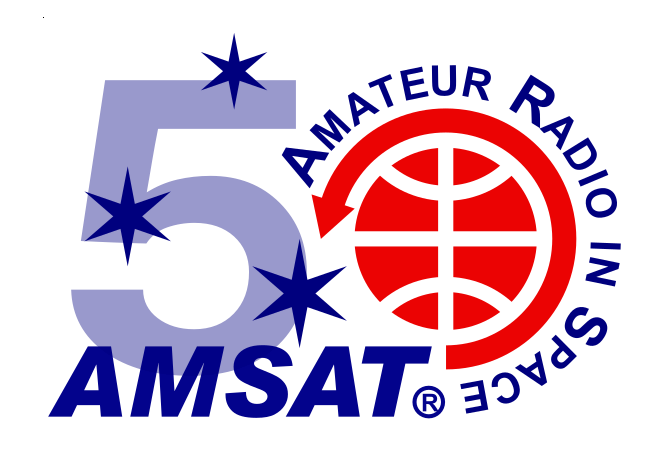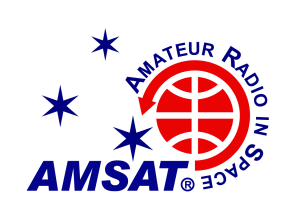Come join us the day before Hamvention, for AMSAT Academy – a unique opportunity to learn all about amateur radio in space and working the FM, linear transponder, and digital satellites currently in orbit.
AMSAT Academy will be held Thursday, May 16, 2019, from 9:00am to 5:00pm, at the Dayton Amateur Radio Association (DARA) Clubhouse, located at 6619 Bellefontaine Rd, Dayton, Ohio.
Registration Fee includes:
Full day of instruction, designed for both beginners and advanced amateur radio satellite operators, and taught by some of the most accomplished AMSAT operators.
Digital copy of Getting Started with Amateur Satellites, 2019 Edition ($15 value)
One-Year, AMSAT Basic Membership ($44 value)
Pizza Buffet Lunch.
Invitation to the Thursday night AMSAT get together at Ticket Pub and Eatery in Fairborn.
AMSAT Academy 2019 Registration Fee: $85.00. Registration closes May 10, 2019. No sign ups at the door. No refunds, No cancellations.
Registration may be purchased on the AMSAT Store.
Details about AMSAT’s other activities at the 2019 Hamvention, including the TAPR/AMSAT Banquet may be found here.



